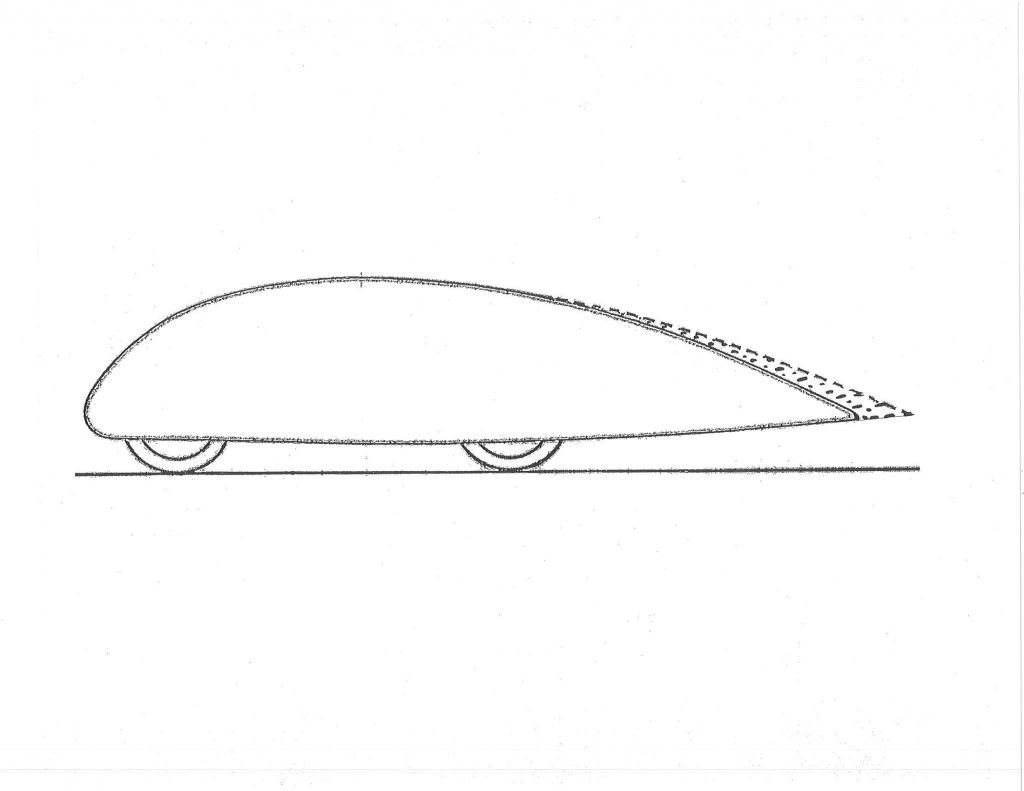This is something we haven't got into yet,but I figured we'd get there sometime,so here's a bit of info.
*As your vehicle attacks the ambient air mass as you drive,the body of your vehicle will displace the bundle of imaginary streamline filaments which comprise the flow field.
*As the streamlines are displaced,they must accelerate from rest,to some quantity of velocity,respective to the degree of displacement.
*Static pressure is converted to velocity pressure,or dynamic pressure,as seen within the drag force equation.
*The highest static pressure (zero velocity) occurs at the forward stagnation point.
*The lowest static pressure ( highest velocity) typically occurs just before the roof peak/windshield header.
This is one of the most important things to know as an aero-modder.
--------------------------------------------------------------------------
All the air around your vehicle wants to flow to this area of lowest pressure!
Let me repeat that.
All the air around your vehicle wants to flow to the area around your windshield header!
-------------------------------------------------------------------------
*The reason the air doesn't all flow there is due to momentum-induced kinetic energy being delivered to the turbulent boundary layer from beyond it,in the laminar inviscid flow.
*You might imagine the flow nearest the boundary layer as billions of miniature attack aircraft strafing the boundary layer with a continuous spray of kinetic energy bullets.
*If the attack angle of the bullets is not too steep,the bullets will penetrate into the boundary layer.
*If the contour of the aft-body in particular is too steep,the bullets will ricochet off the boundary layer losing their ability to force the boundary layer down and rearward.
*Without the continuous influx of bullets,the boundary layer will by necessity,move in the direction of lowest pressure attempting to reach equilibrium.
*If so,then if the flow is downstream of this windshield area when the contour is too steep,the air will begin to flow backwards towards the windshield,triggering separation.
*This counter-flow of the separation spawns the eddies which bloom into full-blown turbulence.
*Unless the contour relaxes to a point where the bullets can again impart energy to the boundary area,the flow is lost forever,creating the turbulent wake which causes the pressure drag that streamlining attempts to reduce or eliminate.
-------------------------------------------------------------------------
*In fluid mechanics terms,the air against the body boundary is always at rest due to viscous affects at the boundary 'wall
*Raising pressure requires the flow to decelerate.
*But the flow is already at zero velocity.It can't slow any when it's already at rest.
*Without the injection of kinetic energy from the outer flow,separation is triggered.
--------------------------------------------------------------------------
Following are some diagrams which I've altered and colorized.The blue areas are positive static pressures acting against the body surface,the yellow areas are negative pressures pulling at the body surface.
*You'll note the low pressure spike near all the windshield headers:
*This first image is from the Ford Motor Company's Jay C. Kessler and Stanley B. Wallis,in SAE Paper # 660464,"Aerodynamic Test Techniques",1966,Figure 10.

This second image is an adaptation from Hucho,from a 1977 research paper,SAE # 770389,by F.K.Schenkel,"The Origins of Drag and Lift Reductions on Automobiles with Front and Rear Spoilers". You can see from the blue at the tail that the spoiler is providing some positive pressure at the rear.
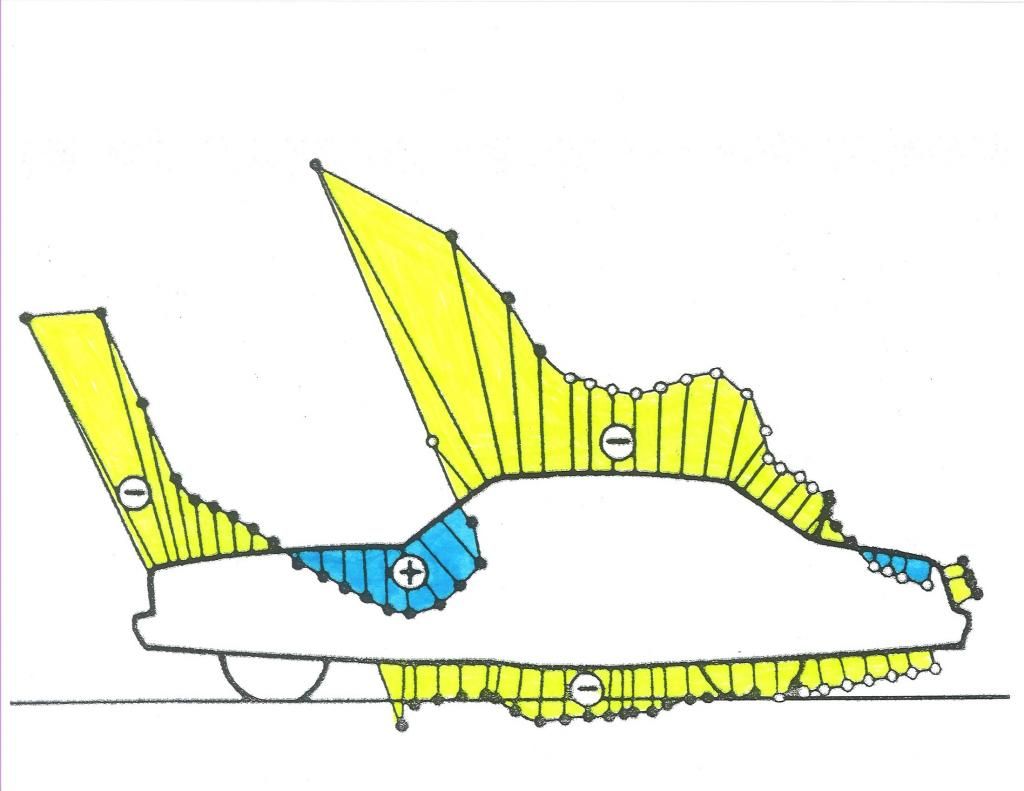
This third image is from the same paper,and they've added a taller spoiler which while providing more down-force,is adding to the overall drag.
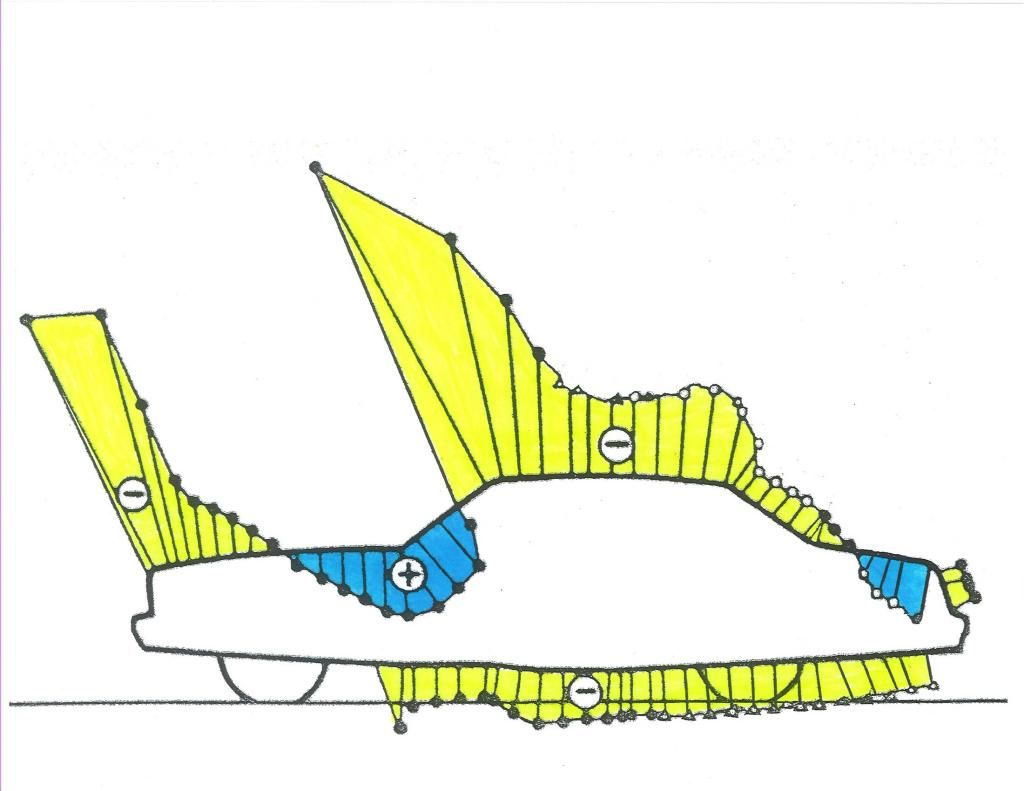
This fourth image is from GM's "Aerodynamics for Body Engineers," by Kent B. Kelly and Harry J. Holcombe, SAE Paper #649A,1963,illustrating the pressure distribution for the 'new' Corvette Stingray.
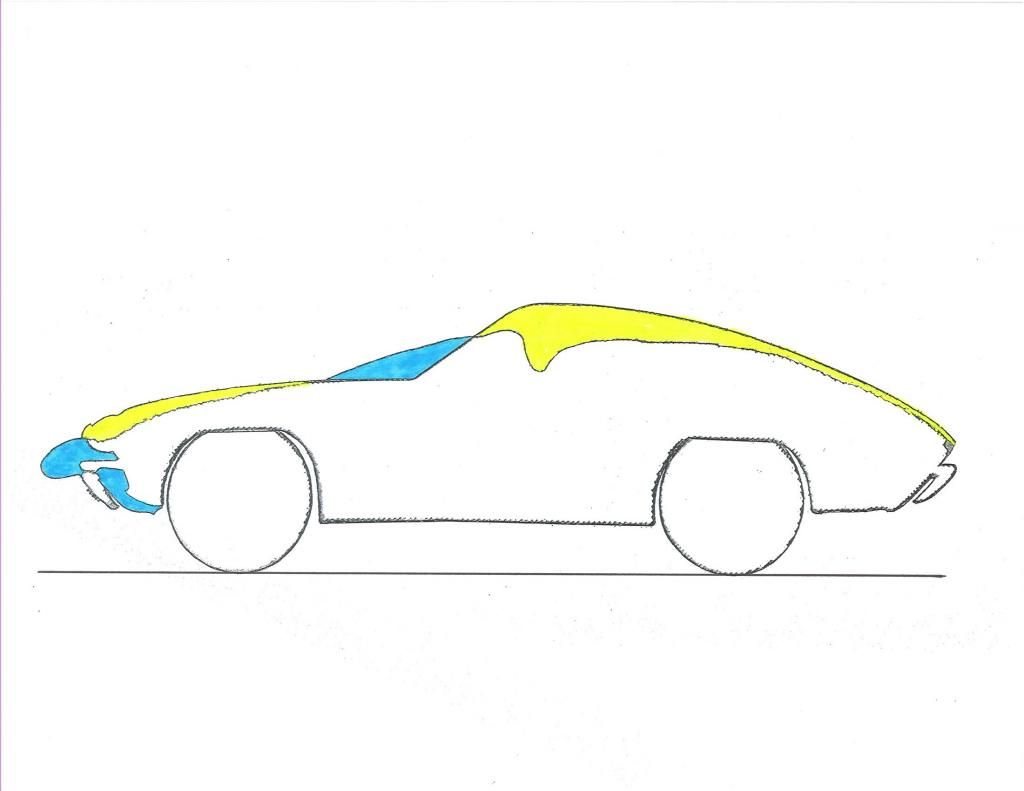
This 5th image is for a Jaray Combination Form car of the 1930s,from Sighard Hoerner's book,"Aerodynamic Drag,Fig.9.4,1951.
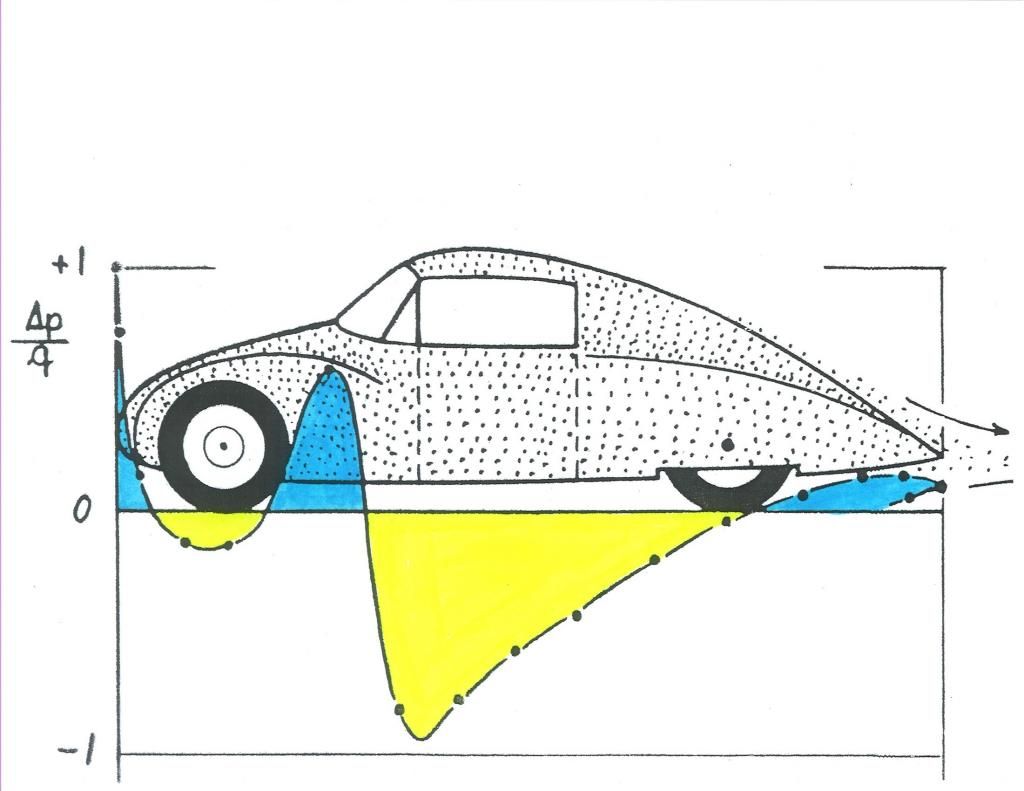
This 6th image is of an 1961 Ferrari 250 GT,from Professor Alberto Morelli and Pininfarina,included in "The Time Tunnel-An Historical Survey of Automotive Aerodynamics",by Karl E. Ludvigsen,Mobility Systems Co.,SAE Paper # 700035,1970.
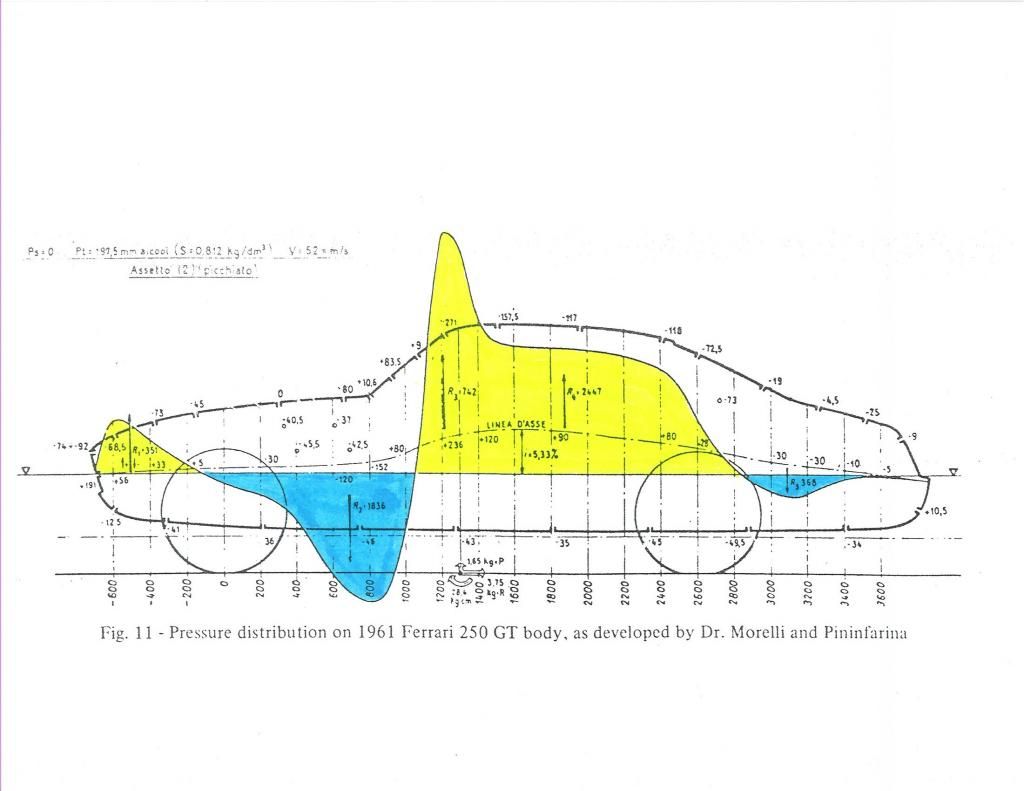
This 7th image is the 'alpha' car from F.K.Schenkel's research,without any front or rear spoiler.
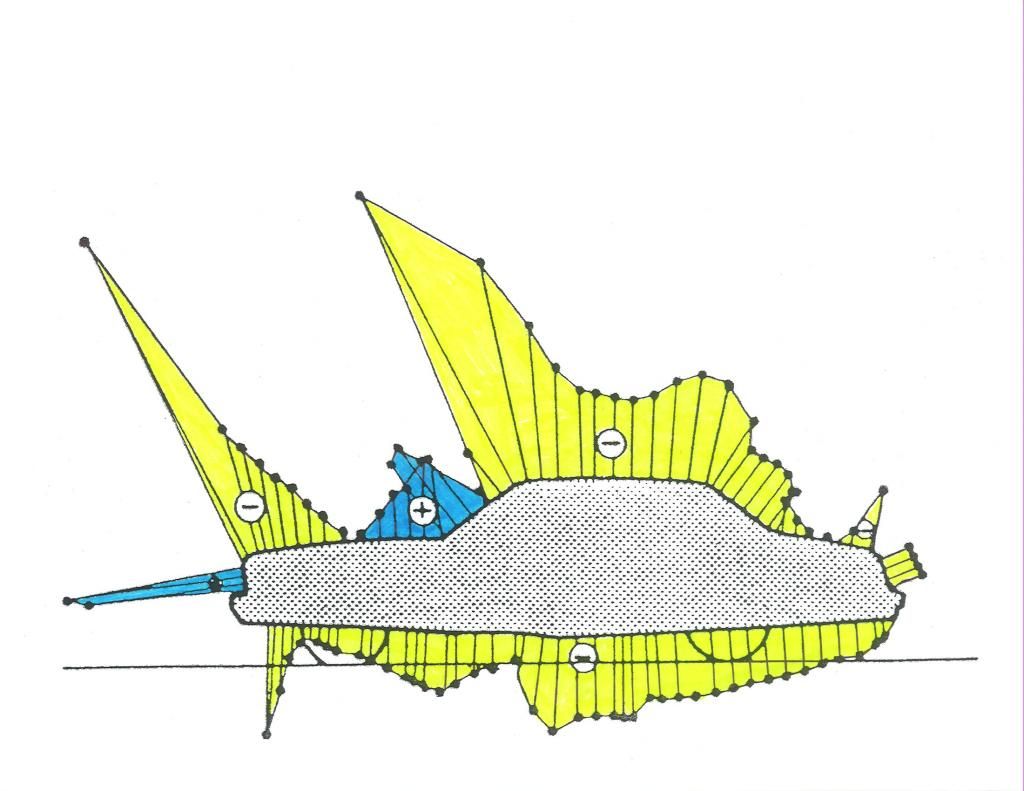
This 8th image is adapted from Hucho's 2nd Edition book,Fig.6.8.I've un-nested the 1965 Volkswagen 1600 Sedan from the 3-vehicle graph to isolate it as an individual table,adding an oversize image of my own of the car.

This 9th image is also an adaptation from Fig.6.8,un-nesting the 1968-74 Volkswagen Transporter from the 3-vehicle table,and adding my own oversize vehicle image.

This 10th image is again,also from the Fig.6.8,isolated,with my larger Porsche 914 Coupe image.

Here,with the Z-car,you can see the streamline contraction near the roof peak which would indicate the high velocity/low pressure.
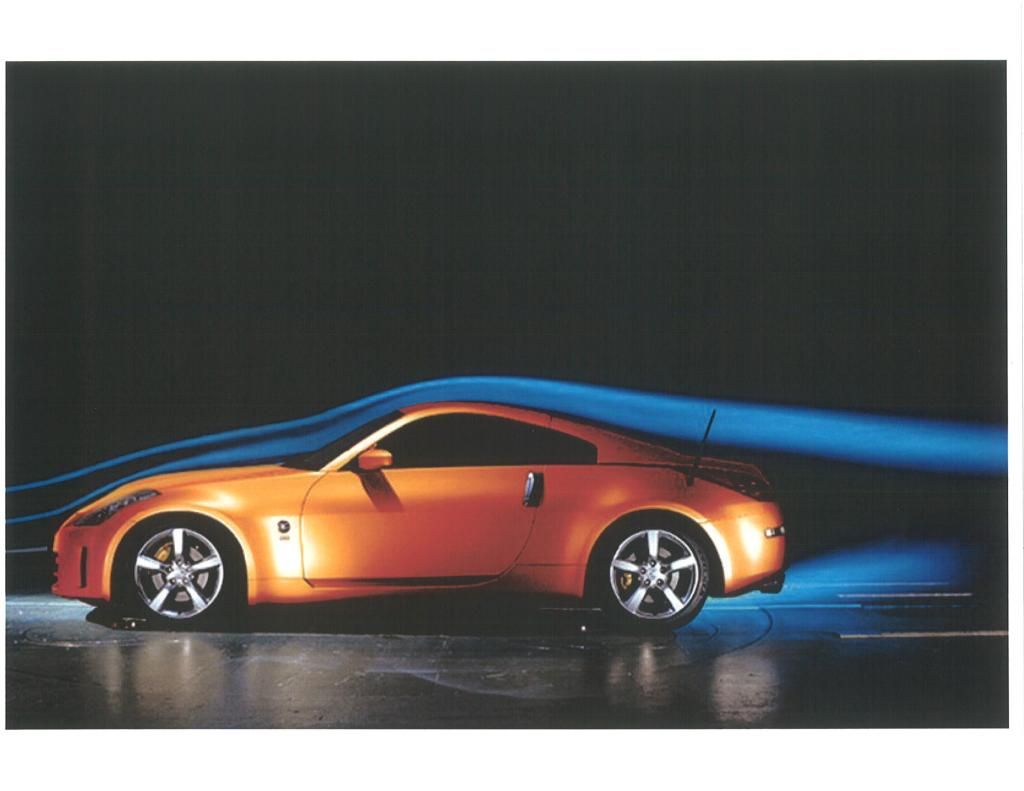
Here you can see the separation line on the Volkshart Saggitta where the contour is too steep
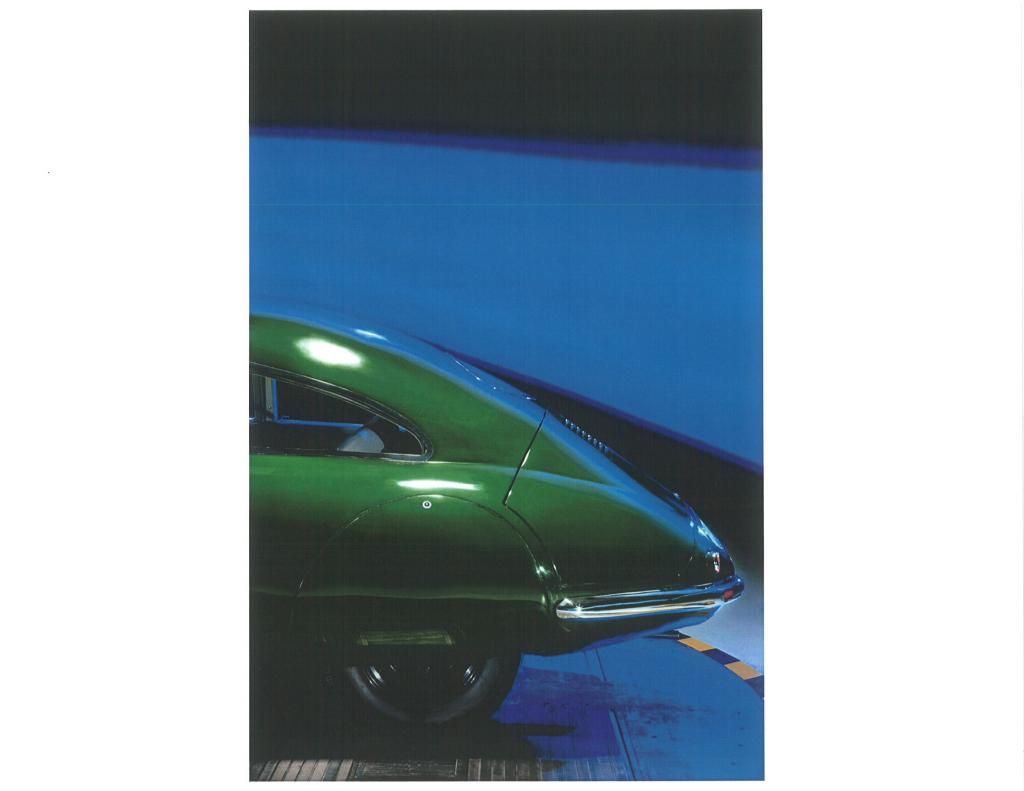
The VW XL1 has a relaxed contour which allows the continuous kinetic transfer into the boundary layer.

VW's 1981 long-tail Flow body walks a fine line and comes in as a simple body with Cd 0.14

Paul Jaray's 'pumpkin seed' of 1922 set the stage with Cd 0.13 (Inspiration for the 'Template').
